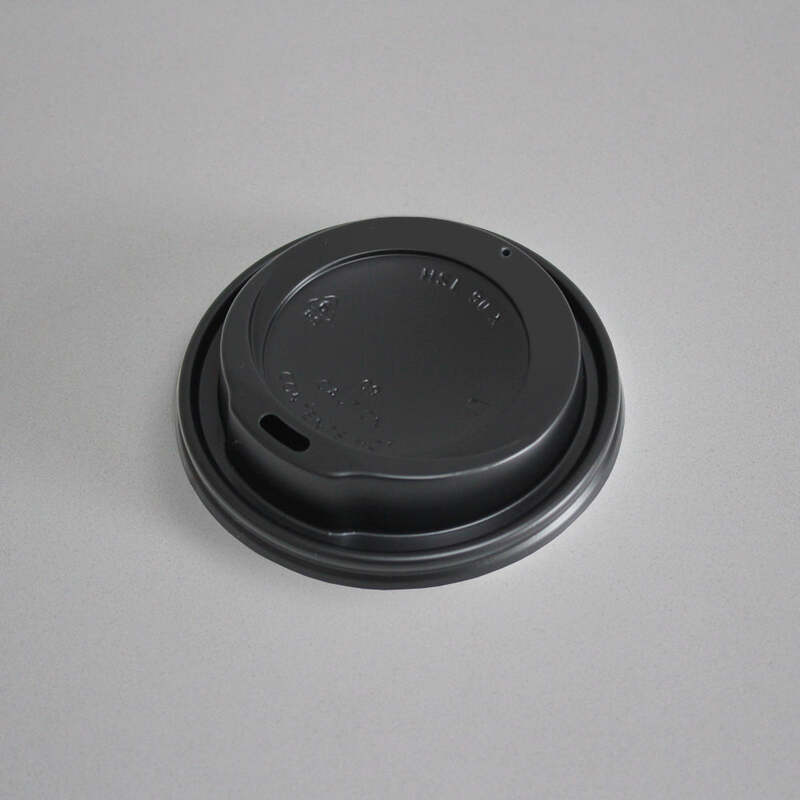Compartment Containers A Revolution in Storage and Transportation
In the world of logistics and storage solutions, compartment containers have emerged as a revolutionary option that optimizes space, enhances organization, and improves efficiency across various industries. These innovative containers have gained popularity in areas such as shipping, warehousing, and even residential storage due to their functionality and adaptability. This article explores the benefits, applications, and future of compartment containers.
Understanding Compartment Containers
Compartment containers are storage units designed with internal dividers or sections, allowing them to hold multiple items separately while utilizing the same overall container structure. This design enables users to efficiently categorize and store different types of goods, reducing the need for multiple containers and maximizing the use of available space.
These containers can vary in size, material, and design, catering to different storage needs. They are typically made from durable materials such as plastic, metal, or wood, ensuring the safety of the items contained within. The compartments can be fixed or adjustable, offering flexibility for various types of goods, from fragile items to bulk materials.
Advantages of Compartment Containers
1. Space Efficiency One of the most significant advantages of compartment containers is their ability to optimize space. By allowing multiple items to be stored within a single unit, they minimize the required storage area. This is particularly beneficial in warehouses and shipping environments where space is at a premium.
2. Organization and Accessibility Compartmentalization enhances organization, making it easier to find and access items when needed. This organization is crucial in fast-paced environments where efficiency is key. With compartment containers, workers can quickly identify the needed items without rummaging through disorganized stacks of bulk storage.
3. Protection of Goods The dividers within compartment containers offer additional protection to the stored goods. Fragile items can be safely stored alongside heavier items without the risk of damage. This aspect is particularly valuable in industries like pharmaceuticals, electronics, and food services where product integrity is paramount.
4. Cost-Effectiveness By consolidating storage needs into fewer containers, businesses can reduce their spending on packaging and storage solutions. Moreover, the durability of compartment containers often leads to lower replacement costs over time.
compartment containers

5. Environmental Impact Many compartment containers are designed with sustainability in mind. Choosing reusable containers over single-use options can significantly reduce waste. Additionally, the compact nature of these containers can lead to more efficient transportation and lower carbon footprints.
Applications Across Industries
The versatility of compartment containers allows them to be employed in various industries. In the food industry, for example, compartment containers can store different ingredients separately to maintain freshness and prevent contamination. In the automotive sector, these containers hold spare parts for efficient inventory management. In healthcare, compartmentalized systems help organize medical supplies, ensuring quick access in emergencies.
Moreover, compartment containers are gaining traction in the retail sector. Retailers can use them to showcase products more effectively, with organized displays that attract customers’ attention and encourage sales.
The Future of Compartment Containers
As the demand for efficient storage solutions continues to grow, the future of compartment containers appears promising. Technological advancements, such as smart containers equipped with sensors that track inventory levels and conditions, are on the horizon. These innovations will further enhance the functionality of compartment containers, making them an even more integral part of supply chain management.
Additionally, as sustainability becomes a central focus for businesses worldwide, the push for eco-friendly designs and materials will shape the development of compartment containers. Manufacturers are likely to invest in biodegradable materials and designs that promote reusability, aligning with global sustainability goals.
Conclusion
Compartment containers represent a paradigm shift in how we approach storage and logistics. Their ability to enhance organization, protect goods, and optimize space makes them an invaluable tool across various industries. As we move forward, the continuous innovation within this realm promises to further improve efficiency and sustainability in storage solutions, ensuring that compartment containers remain a staple in both commercial and residential settings.



